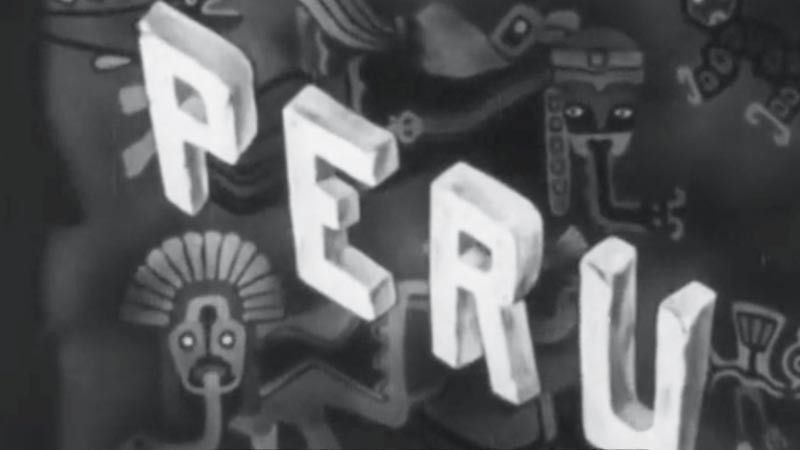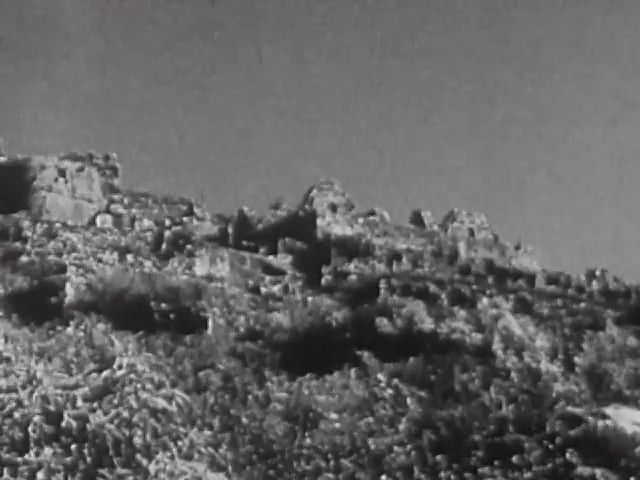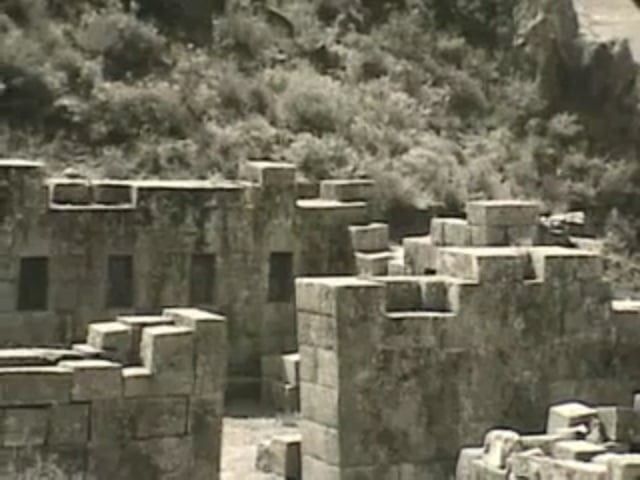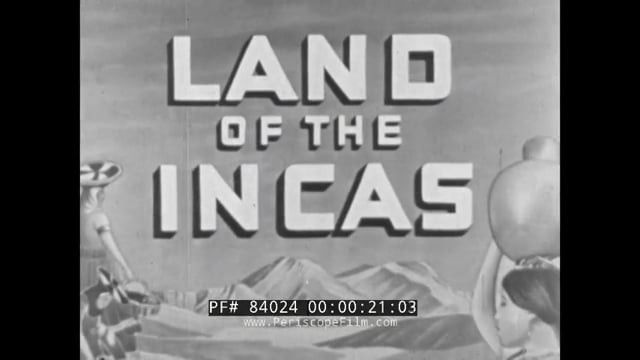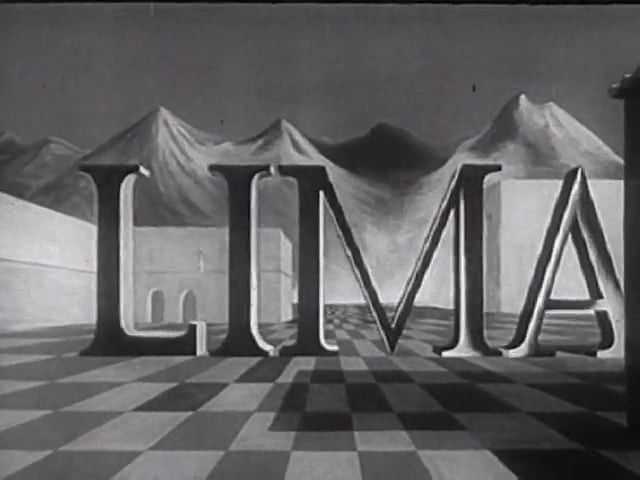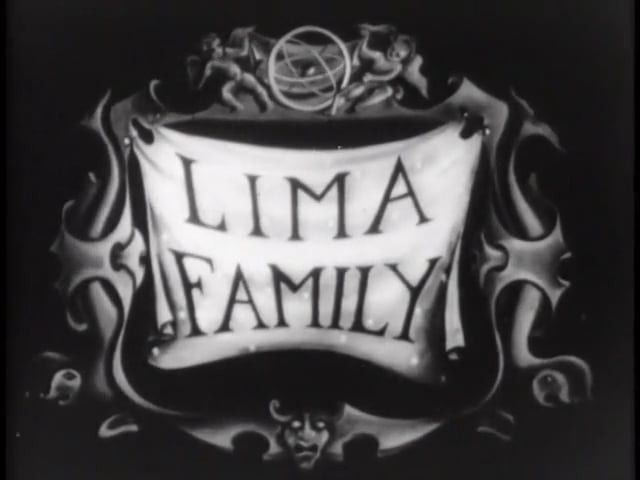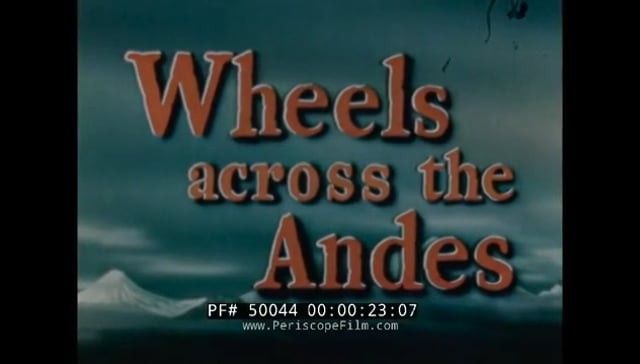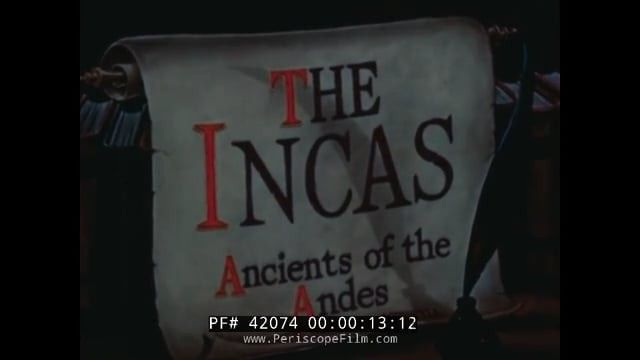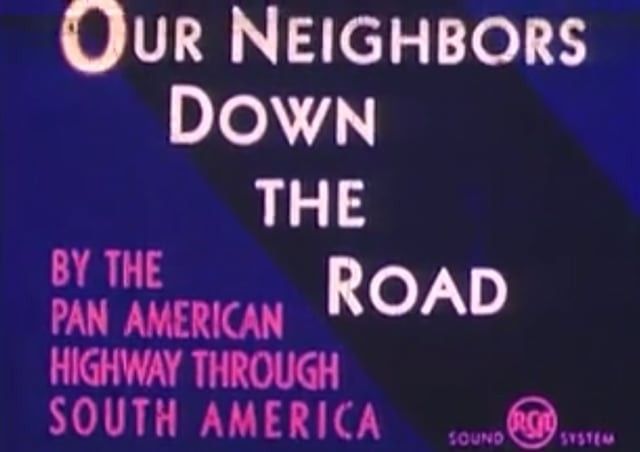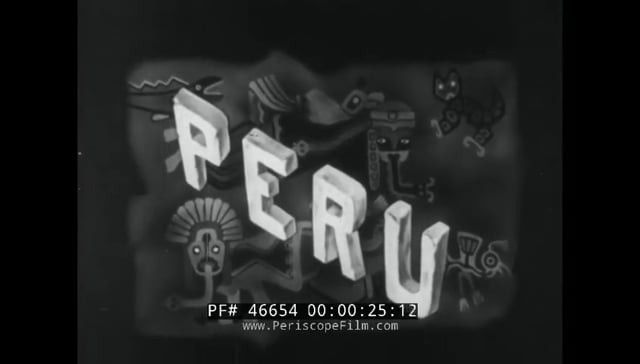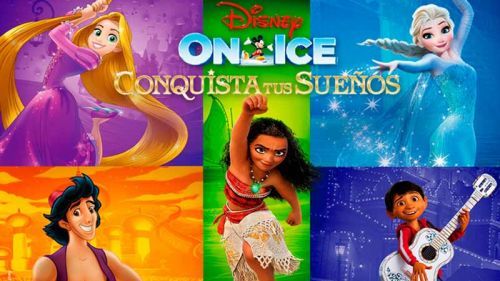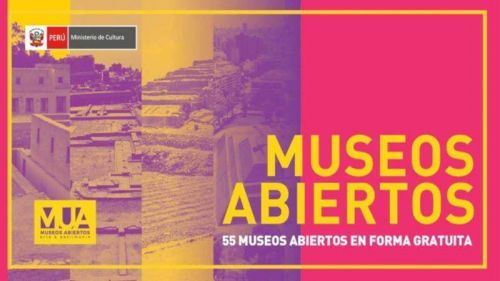We managed to get our hands on a few beautiful rare documentaries and amateur films about Peru, its people, key cities, selected sites of archaeological importance and customs. The selected material is dated between 1936 and 1949. As you can imagine the film equipment in some of the earlier pieces was very basic and the quality is accordingly. Still these are some absolute "must see" …
Machu Picchu - 1936
"Machu Picchu - 1936" is an unedited travelogue film of Peru in 1936 by Arthur and Kate Tode that was restored thanks to a preservation grant by the National Film Preservation Foundation. Arthur Monroe Tode (1894-1966) and Kate Eisig Tode (1905-1990) were great 20th century travelers and avid film amateurs who documented their journeys and edited them with inter-titles perhaps to be shown at parties or meetings of their clubs. The Tode travelogues begin with their honeymoon in the 1920's. In the years that followed they traveled by sea, air, and automobile across the United States and around the world, with a 16mm camera in hand.
More details about the Machu Picchu footage are not known. The following scenes are shown in this documentary:
- In a town near Machu Pichu, Quechua people being filmed by Kate Tode.
- People emerging from a church, in traditional dress
- Funicular (single train car)
- Cows running the tracks in front of the funicular
- Up to the site
- Kate and Arthur on horseback
- Quechua people and llamas
- Machu Picchu and nearby sites
- Marketplace by cathedral steps, back in town
- Quechua people selling many things, grilling potatoes
- Kate Tode posing with a Quechua man, both grinning widely.
- Live fowl for sale on the cathedral steps.
South America - 1936
"South America - 1936" is an unedited travelogue film from 1936 by Arthur and Kate Tode (the same amateur film couple that made the above Machu Picchu – 1936 film) that was restored thanks to a preservation grant by the National Film Preservation Foundation.
Not a lot of detail are known about this South America footage, but we were able to identify the following scenes this amateur documentary:
- Ollantaytambo, Peru.
- Ruins of the Pisac Archeological complex in the Calca Province.
- Railroad coming to Cuzco.
- Juliaca - The province capital of San Román in the south-east of Peru.
- Arequipa - The second biggest city of Peru.
- The S/S Alphonso south from Puerto Montt in Chile.
- The fire in the city of Castro (Chile) that destroyed over 600 houses.
Land of the Incas - 1937
"Land of the Incas" is a 1937 silent film produced by Castle Films as part of the Adventure Parade series that provides viewers with a glimpse of Peru and the Inca people who live there. The film begins high up in the Cordilleras Mountains (00:27) where donkeys and people haul firewood. Despite the rural mountain location, modern transportation now reaches the villages in the form of a train (01:26), which passes mountains and lakes on its way. The film then takes viewers to Arequipa, a village at the foot of "El Misti Volcano" (03:05), the Shrine of "La Compania" (03:52), and Inca ruins near Cuzco (04:04).
No visit to Peru would be complete without a visit to Machu Picchu (04:39), but the film also visits nearby San Sebastian (05:16). Llamas (05:35) are “beasts of burden” and “suppliers of rich milk and source of native wool” in Peru. The film also shows the famous Cuzco Cathedral (06:48), Loretto Street (07:24), and the street of the 12-angle stones (08:04). A woman collects water from a fountain (08:22), while at the main plaza, people gather to buy and sell goods (08:54). The film also features a woman spinning wool (09:28), the mayors of four villages (10:21), a woman carrying her child on her back (10:40) and native dancers performing the “bull fight” at San Jeronimo (11:21).
Our Neighbors down the Road – 1942
Our Neighbors down the Road by the National Archives and Records Administration records an expedition by motor truck along the Pan American Highway in South America. The trip begins at La Guaira, Venezuela, and continues along mountain roads and through village markets to Caracas and the oil fields of Maracaibo, with a side trip across the Andes to Colombia. Shows the cathedral and plaza of Bogota, Colombia, and scenes of Quito and Guayaquil, Ecuador. Indian farmers thresh grain, and women drive Ilamas and sheep to market.
Shows scenes of the Peruvian coastline, the cities of Lima and Ayacucho, Lake Titicaca, the ancient Inca capital near Cuzco, Peru, and the city of La Paz, Bolivia. Shows the nitrate beds along the coast of Chile, street scenes at Santiago, scenes of the Argentine countryside, and the city and seaport of Buenos Aires. It ends with scenes of Montevideo, Uruguay, and cotton farms, roads, and the city of Rio de Janeiro in Brazil.
Peru 1943 - World War II Documentary Film
Peru 1943 is a black and white, educational film, produced in 1943 by Julien Bryan, a filmmaker and documentarian. Bryan was hired by the Office of the Coordinator of Inter-American Affairs to make a series of 23 educational movies on Latin American culture and customs. Peru is one of them. This film was narrated by Tony Kraber and commentary was given by Forrest Izard.
The documentary contains the following scenes:
- A view of the Cordillera Vilcanota Mountains in the Cusco region. It is here the peak Huayna Picchu rises on which the ancient city of Machu Picchu, built by the Incas, rests (0.37-0:52).
- Close-up views of the mountain fortress, Machu Picchu (0:53-1:27).
- An ancient sundial called the Intihuatana stone (1:28-1:32).
- A globe showing the Inca Empire (1:34-1:44).
- Globe showing how Francisco Pizarro came from Spain to Peru (1:45-2:03).
- Spanish influences on the Inca people (2:06-3:01).
- A Highland village festivity, a combination of Christian worship and old Pagan rites (3:02-3:23).
- Household items blessed as saints (3:19-3:23).
- Chicha, a fermented drink made from corn (3:31-3:33).
- Inca dances (3:46-4:04).
- Views of Lima, Peru, the City of Kings. The Palacio Gobierno (Government Palace), built in 1535 by Francisco Pizarro (4:05-4:27).
- A Lima street (4:28-4:32).
- An Aristocrats home (4:42-5:02).
- Peru’s costal desert region (5:04-5:42).
- Arequipa as the seat of the Constitutional Court of Peru (5:43-5:57).
- Cathedral of Arequipa (5:58-6:01).
- Railroad station for trains going from the coast to the interior (6:01-6:12).
- Fields with Llama’s grazing in the altiplano, or high plains (6:13-6:28).
- Views of Peruvians out the train window (6:29-6:49).
- Train taking on water from the water tower (6:50-6:52).
- Peruvian people (6:53-7:02).
- Peruvian women selling lunch at the station, potatoes and corn (7:03-7:15).
- Train ride through tunnels and bridges as it winds through the Andes Mountains (7:30-7:55).
- Silver being mined (8:01-8:37).
- Talara, in the northwest corner of Peru, has petroleum deposits and they are shipped to other countries for refining (8:39-9:46).
- Oil rigs and storage tanks (9:47-10:10).
- Iquitos: map to get there (10:19-10:52).
- Ariel view of Iquitos (11:36-11:40).
- Thatched roofed homes (11:42-11:45).
- Iquitos parade (11:53-12:10).
- River boat with hammock’s for sleeping quarters (12:15-12:35).
- Cotton bales (12:36-12:45).
- Boats loaded with raw materials (12:59-13:09).
- Mahogany grows in the Peruvian jungle (13:10-13:46).
- Gathering rubber latex from rubber trees (14:00-14:27).
- Processing the rubber (14:28-15:18).
- Illustration of how the Andes Mountains snow melt assists the farms (15:20-15:54).
- Sugar cane farm (15:59-16:19).
- Hacienda fields and hogs (16:20-16:46).
- School children march and dance (16:48-17:14).
- Adults doing the Marinera (17:16-17:42).
- In valleys of the lower Andes Mountains, farmers terrace farm (17:46-17:52).
- Views of farms in the mountainous valleys (17:54-18:11).
- Irrigation is essential (18:13-18:42).
- Trashing with mules (18:49-19:12).
- Mules carrying the grain to the thrashing floor (19:13-19:19).
- Using a motor to thrash with a trashing machine (19:20-19:40).
- Ampato, a mountain peak (dormant volcano) in the Andes of Peru (19:50-19:55).
Lima - The City of Kings - 1944
Lima 1944 is a black and white, educational film, produced by Julien Bryan, a filmmaker and documentarian. Bryan was hired by the Office of the Coordinator of Inter-American Affairs to make a series of 23 educational movies on Latin American culture and customs. “Lima - The City of Kings” is one of them. The script for this film is by Miriam Bucher and it was narrated by Tony Kraber.
The film shows historical and modern views (in 1944) of the Peruvian capital. The beauties of the "city of kings", the historical background, buildings and life of the city makes you wonder how this city developed to what it is today. We should maybe better call it beauties of the past when looking at the hectic life in the modern city today. There are also scenes of the religion, industry, education and some of the social aspects.
Lima Family - 1944
Lima Family 1944 is a black and white, educational film, produced by Julien Bryan, a filmmaker and documentarian. Bryan was hired by the Office of the Coordinator of Inter-American Affairs to make a series of 23 educational movies on Latin American culture and customs. "Lima - Family" is one of them. The script for this film is by Miriam Bucher and it was narrated by Tony Kraber.
"Lima family" depicts a day in the lives of the members of an upper-class family of Lima, capital of Peru, and points out similarities to a family of the same class in the United States. In the film you will get to know an obviously wealthy family and their servants. The furniture is fantastic, featuring beds with bedposts over 5 feet high, the dancing, the customs, the food and the general family togetherness is really interesting and educational.
Wheels Across the Andes - 1947
"Wheels Across the Andes" covers an expedition by Armand Denis in Dodge trucks across the Andes in 1947. The color film, presented by the Dodge Dealers of America, begins on the Pacific Coast of Ecuador and moves on to Lake Titicaca in Bolivia before concluding the journey in Peru. From paved roads to muddy dirt paths, Dodge vehicles are shown to be up to the task, even when it involves crossing a riverbed or through jungles to spend several minutes with the Colorado Indians who live in the western lowlands of Ecuador, as the men, women, and children of the tribe are filmed going about their daily routines.
Back on the road, the expedition continues through the Andes and into Peru, crossing the Cordillera Blanca mountain ranges, as the camera captures magnificent views including breathtaking images of the snow-capped mountains at twilight and a snow-covered camp - even though they are within a few miles of the equator. Reaching Lake Titicaca, the expedition travels to La Paz, Bolivia, where we see “comedy” bull fights before heading to La Paz Airport. The film ends with scenes of a traditional Indian celebration.
The Incas, Ancients of the Andes - 1949
"The Incas, Ancients of the Andes" is a color instructional film produced by Hollywood Film Enterprises Inc., which was started by Bill Horsley Laboratory in 1916 and was later known as Hollywood Film Enterprises Inc., which was devoted to the developing and printing of 35mm films. The video was directed by Clifford J. Kamen. The video contains the following content:
- Views of a mountain top ancient city, Machu Picchu (0:27-0:41).
- Black and white world map, showing where the Aztec, Mayas people lived (0:42-1:12). The Incas developed in South America, in Peruvian Andes.
- Map is shown of possible development of the people group (1:13-1:51).
- U.S. map showing the size of the Incas Empire in comparison (1:52-2:10).
- Panoramic views of ancient cities (2:11-2:23).
- Stonework was done by hand and fit perfectly together (2:24-3:02).
- Incas doorways were uniquely built. A drawing demonstrates how it was possibly done (3:03-3:24).
- Thatch roofs would have been used (3:25-3:37).
- Their farming would have been done on terraces (3:38-3:47).
- Stone boxes would have held water that flowed from box to box from springs (3:48-4:02).
- A stone used for astronomy, or the study of the moon and sun (4:03-4:07).
- A room and a doorway of rock (4:08-4:25).
- The Incas build roads throughout the empire.
- A drive by a ruined rest house used by Incas travelers (4:27-5:10).
- The Inca never developed writing, so they used quipu or knotted rope to send messages. Quipu pictured (5:11-5:32).
- Finely woven fabrics made of Llama and Alpaca are shown (5:33-5:41).
- Inca pottery and jewelry (5:42-5:49).
- Inca Gold statue of a person and a dog, a golden head ornament, ornamental golden feathers and bracelet worn by an Inca ruler found in a tomb (5:50-6:22).
- Drawings of how Cuzco, the Inca capital may have looked. Rulers owned everything; the people owned nothing. Gold was everywhere in the ancient city and the temple of the sun, where there was a golden sun image and golden thrones upon which the mummified rulers sat (6:23-7:49).
- A black and white map showing the world. The Spaniards came from Spain and conquered the Aztecs and the Mayas looking for gold. Looking for more gold, Francisco Pizarro came to Peru in 1532 and captured Incan emperor Atahualpa (7:50-8:19).
- Drawing of how the Spaniards stripped the city of its gold and destroyed Cuzco (8:20:8:30).
- Views of the rebuilt Cuzco, with views of a Christian church built on part of a temple of the sun. Spaniards built a church in which the Inca ruler lived, and it became the University of Cuzco in 1862. Views of Inca built stone walls with later built clay walls on top of them. The snake design on a wall indicates the wall was part of an Inca temple (8:31-9:36).
- Language is the ancient dialects and Spanish (9:37-9:46).
- Pictures of the Cuzco Cathedral (9:48-10:21).
- The people walk among the ancient ruins with their llamas (10:23-10:59).


